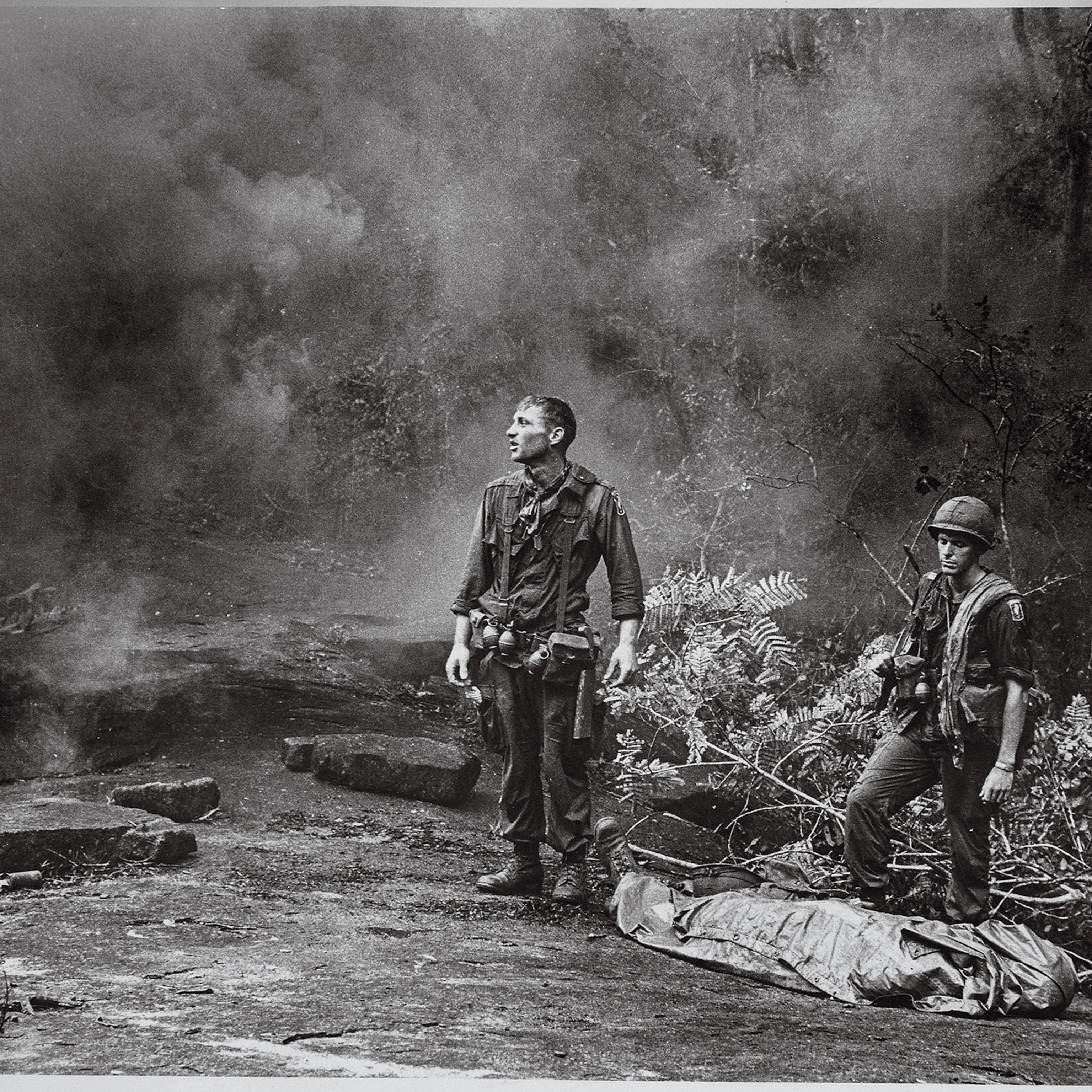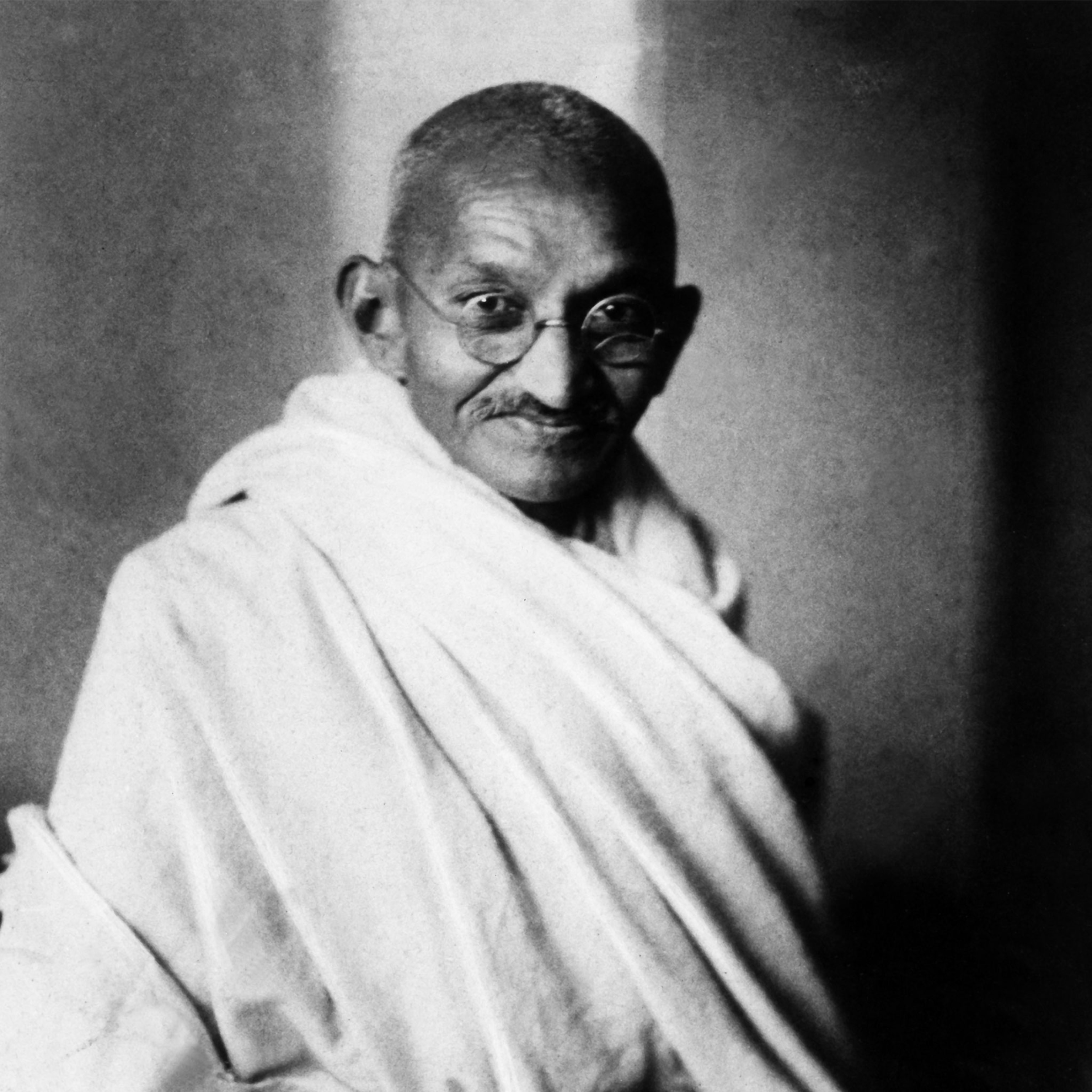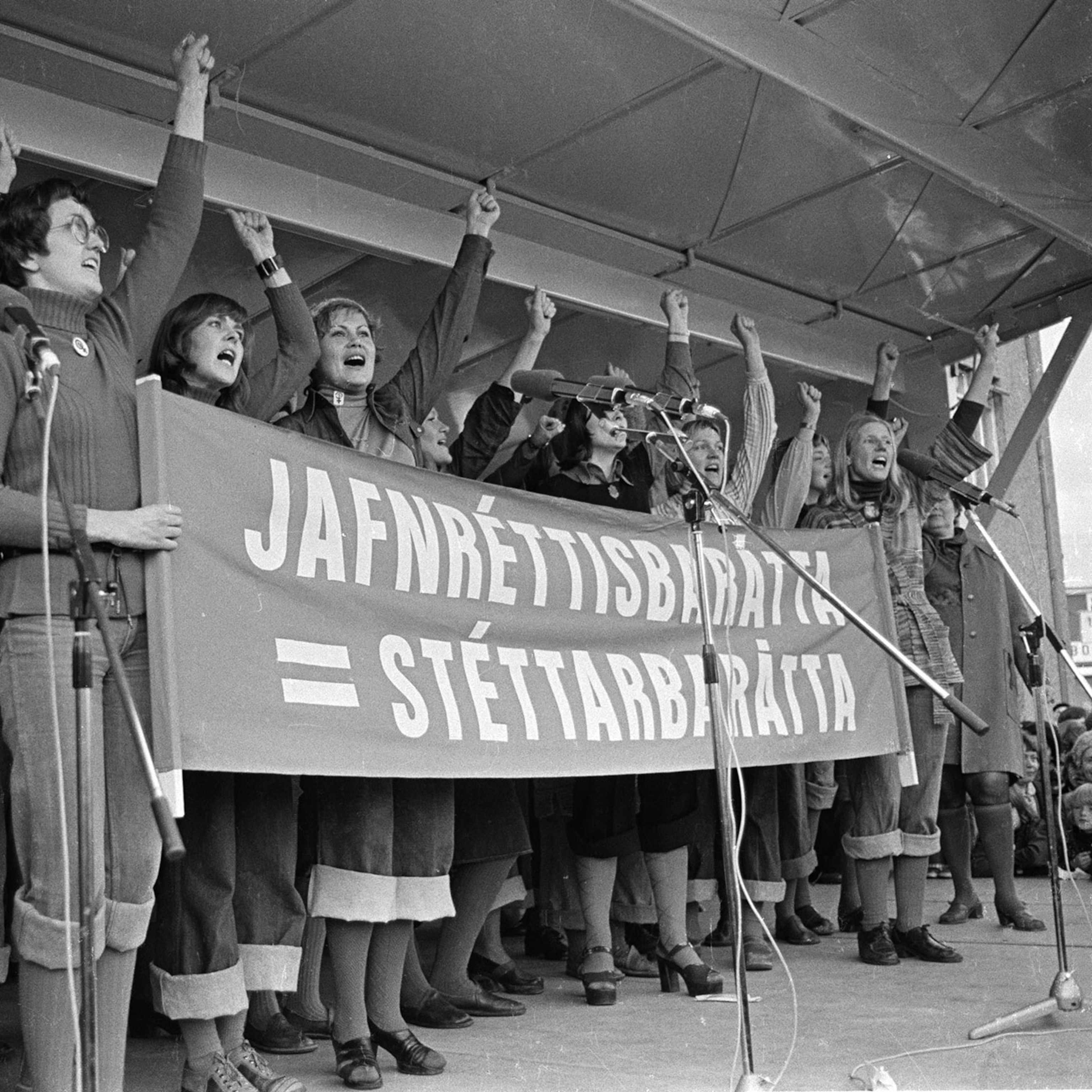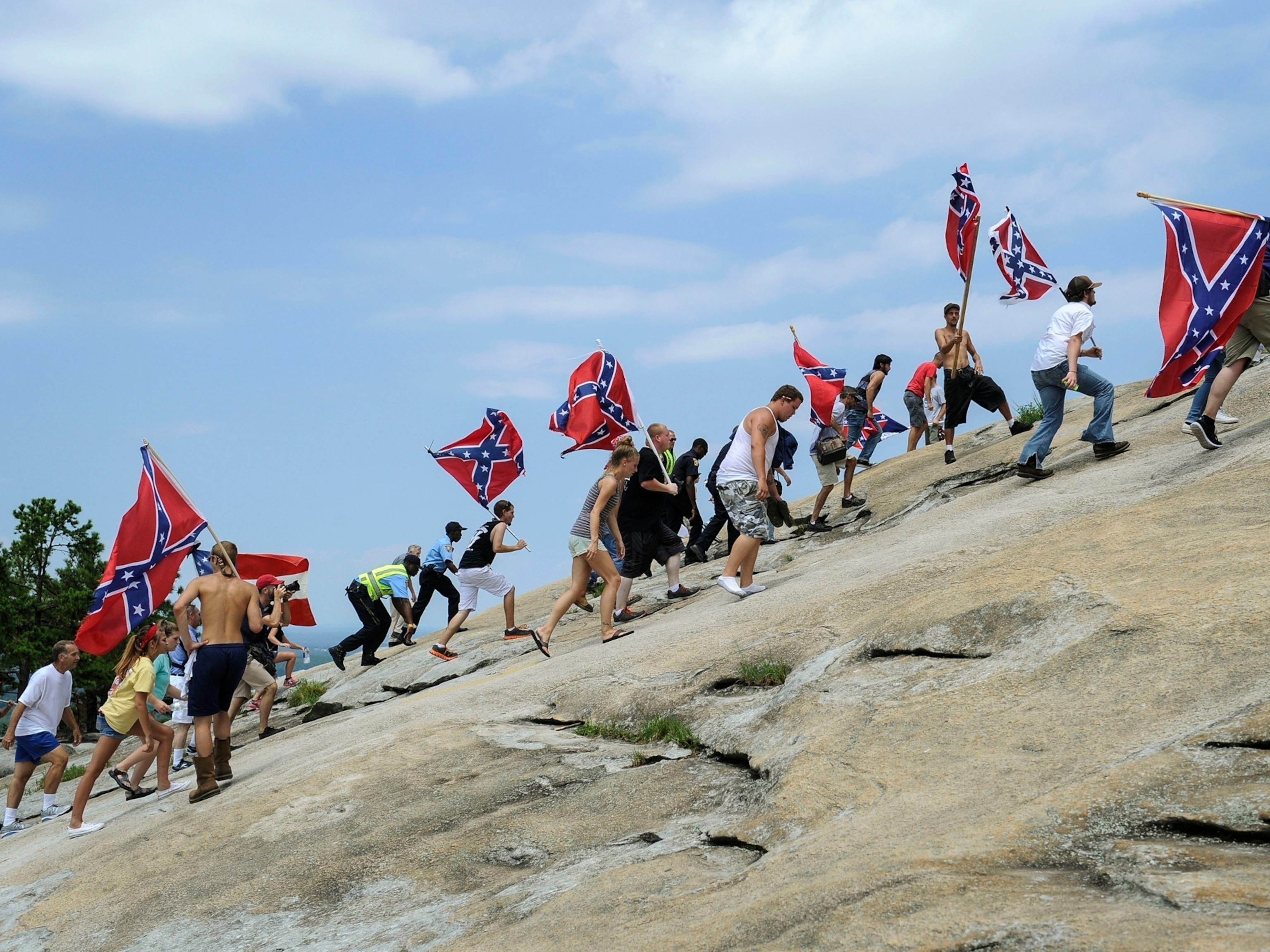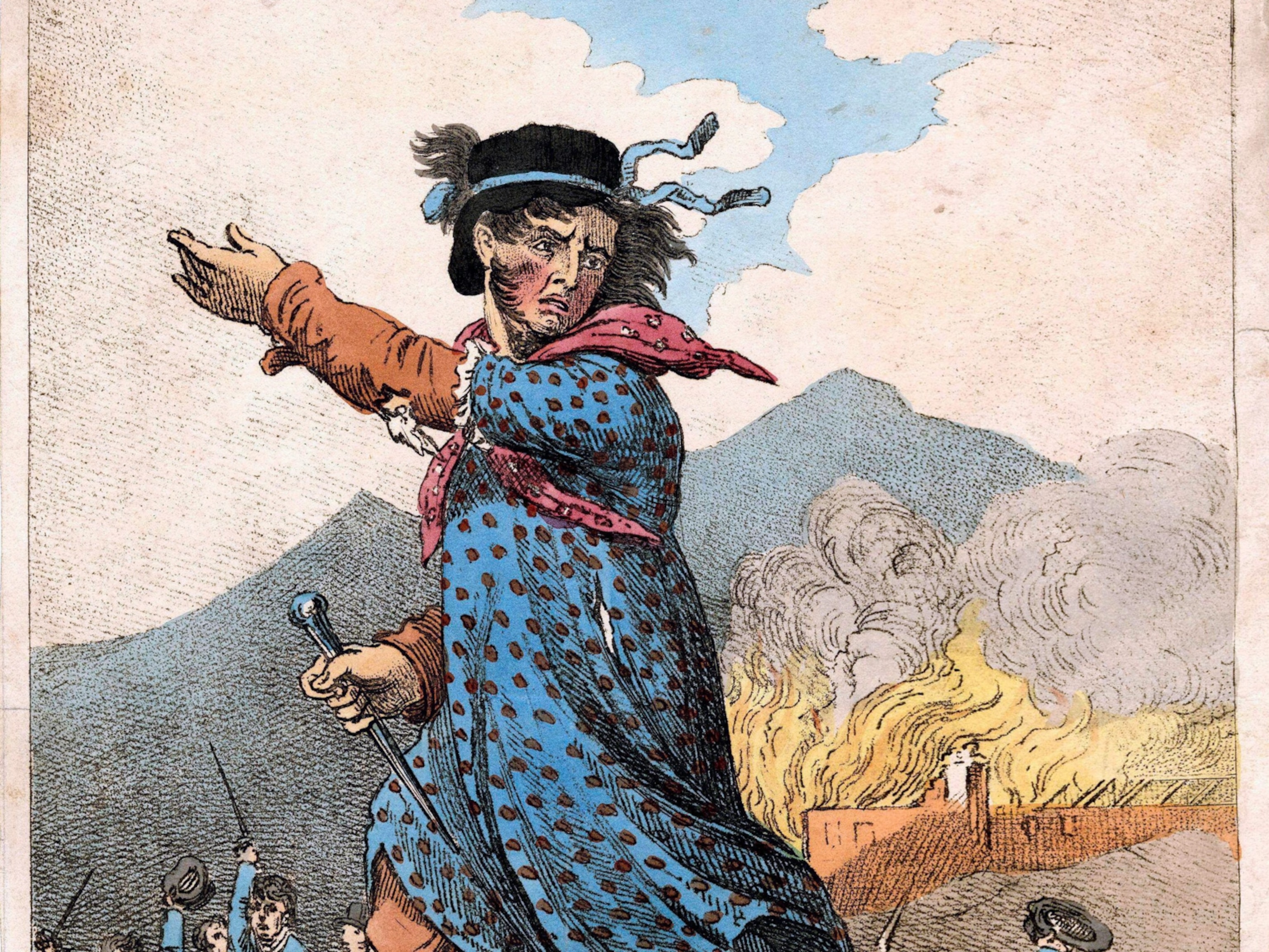
Following Syrian Refugees Into an Unwelcoming Slovakia
A group of Syrian refugees was recently moved from Austria, where they had hoped to stay, to Slovakia, where some residents and leaders have protested their arrival.
Late last week, after a long journey, a group of 24 young men arrived by bus in a tiny town about an hour outside of Bratislava, Slovakia’s capital city.
Most of the men had traveled for at least a month from their homes in war-torn Syria, following a path that took them first to Turkey, then across the Aegean Sea and through Greece, Macedonia, Serbia, and Hungary, then into Austria.
“We lost everything in our country,” says Mahmood Alokla, 24, who came from outside Damascus. “We lost our sisters and our brothers. We paid all our money—and for this. We don’t want it.”
Alokla and the other refugees who were sent to a camp in Gabčíkovo (pronounced gab-chee-kovo) say they want to stay in Austria. They proudly display their Austrian ID cards. A few have family in the country. But as the result of a deal between Austrian and Slovak leaders, the refugees were put on a bus and moved. Some of them were separated from family members they had traveled with from Syria.
Years of conflict in Syria, splintered warring factions, and the rise of ISIS have all driven hundreds of thousands of people to seek safer lives elsewhere. The influx of these asylum-seekers—in addition to thousands more fleeing danger zones around the Middle East and North Africa—has lead to concerns and confusion about where they can, and will, end up.
“I want to be in Vienna,” says Abdelkarim Alorfi, 26, sitting on the crumbling steps of the main building of the refugee’s housing camp. Alorfi was separated from his brother’s family when he left Austria. “I don’t want to be here. The police are watching.”
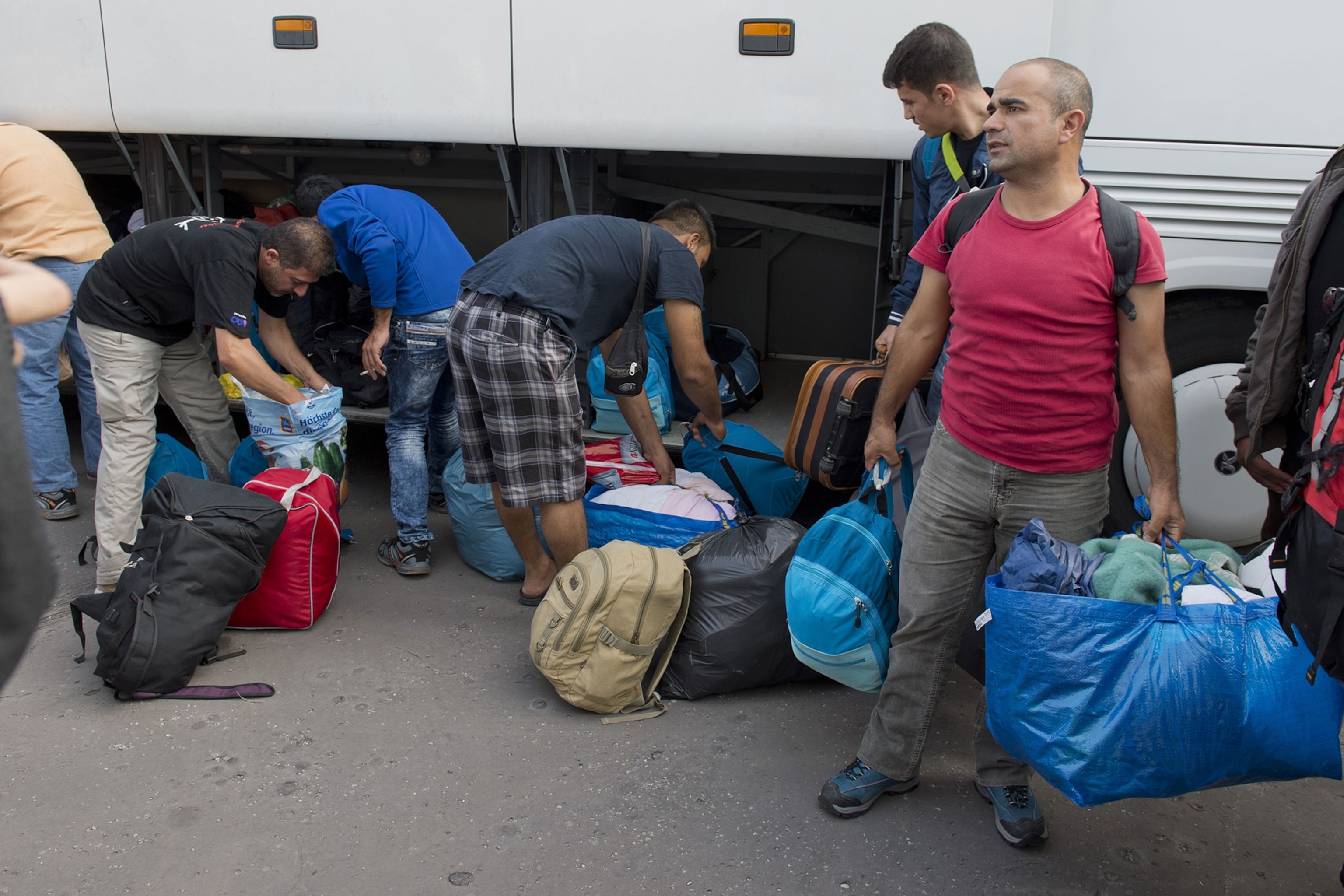
The camp, made up of a series of run-down buildings belonging to the Slovak University of Technology, has been used to accommodate refugees in the past, but it’s been empty for the last six years. A police car sits in a parking lot, and others drive through on surveillance runs.
It’s no secret that the Slovak government has been loath to accept asylum seekers from the Middle East as the number reaching Western Europe has grown to what many are calling crisis levels in recent weeks.
In late July, Slovakia agreed to temporarily house 500 refugees from Austria in the Gabčíkovo camp. In early August, the townspeople staged a referendum that garnered a nearly 97 percent vote against allowing refugees to stay at the camp.
Reports in mid-August indicated the Slovak government would agree to relocate up to 200 Syrians, and initially suggested that these refugees had to be Christian (the BBC reports that about ten percent of Syrians were Christian before the conflict started).
Marches against the “Islamisation” of Slovakia and Europe have drawn crowds in Bratislava. The most recent saw an estimated 1,000 protesters just a day before the refugees arrived in Gabčíkovo. Plans for a protest against the acceptance of migrants—initiated by the far-right People’s Party and set to take place in Gabčíkovo, whose residents are mostly ethnic Hungarian—were thwarted by police earlier in September.
On Tuesday, the EU pushed through a measure that would disperse 120,000 refugees across Europe—with Slovakia taking on fewer than 1,000 initially. Slovakia was one of four countries to vote against the proposal. Following the decision, Slovak Prime Minister Robert Fico continued to hold strong against quotas.
Alorfi says he thinks he will be in Slovakia for 60 days. Others say five days. One man, speaking on his cell phone a few feet away, shouts over to the rest of the group in Arabic, “Where are we?” A few respond, “Slovakia!”
The men say they are confused as to why they are in Slovakia. They say they were never told they would be moved out of Austria.
“We are like animals,” says Dewan Mohammad, 33. “We are here today. We don’t know tomorrow. This is how it is for us Syrians.”
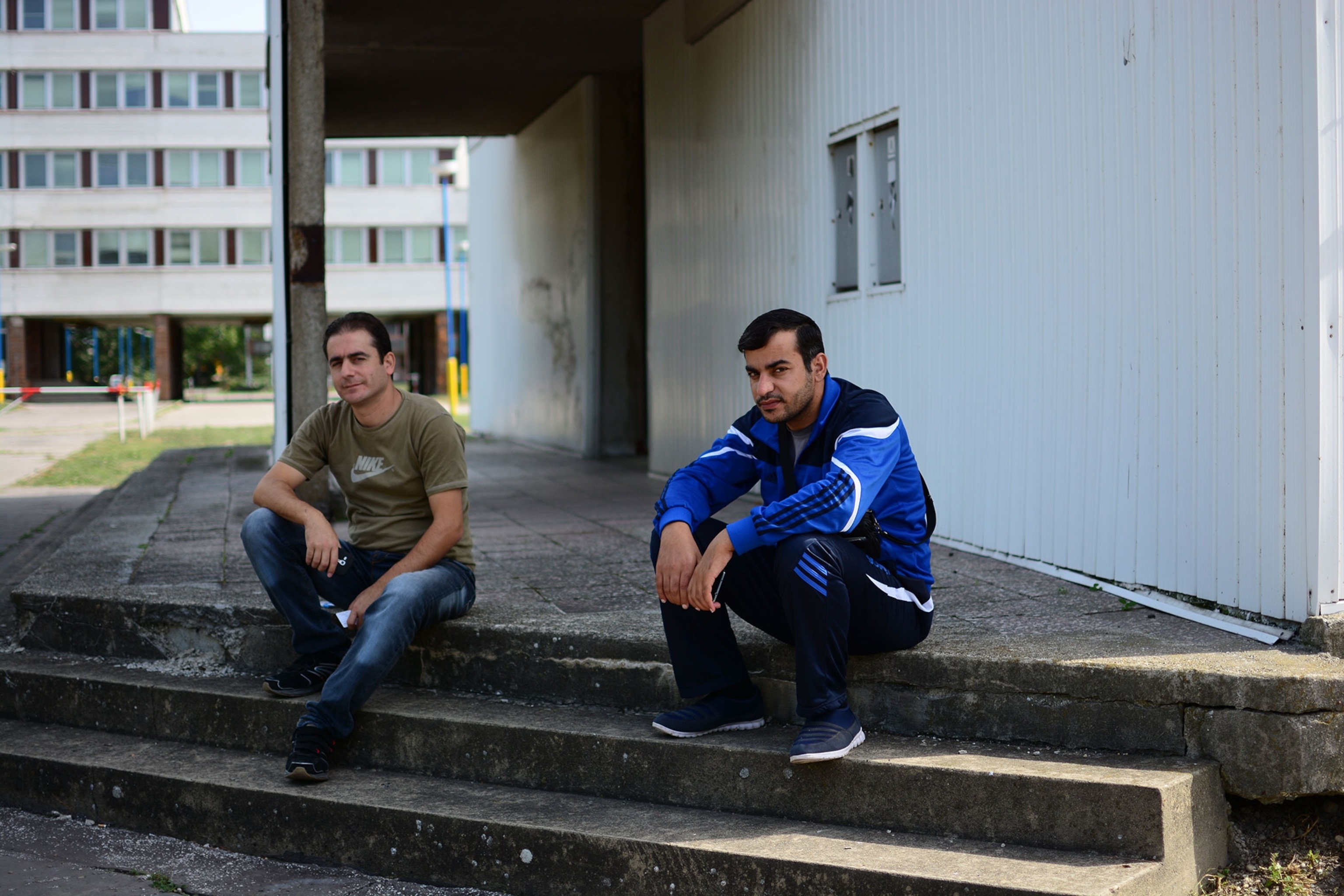
The day before the refugees arrived, Slovakia’s health minister Viliam Čislák was out talking with the media about the need to be sure all the migrants were in good health and had been vaccinated. The same day, Prime Minister Robert Fico and Interior Minister Robert Kalinak told reporters that Slovakia, in conjunction with the Czech Republic, was open to creating a corridor through Slovakia to allow safe passage of refugees into Germany, if Germany supported the idea.
The concern among many Slovaks is that their nation of 5.4 million cannot accommodate a large influx of immigrants, socially or economically. Prime Minister Fico has said that the current system doesn’t control for potential terrorists slipping in under the radar. And Foreign Minister Miroslav Lajcak told NPR on Friday that it doesn’t make sense to give asylum to refugees who, effectively, want to establish themselves elsewhere.
“Sometimes you feel like no one respects you,” Alokla says. “It’s hard in Austria, but we have friends and family. We come here only because of war. “I hope to just be near my sister. It’s peace for me. As you have family, we have. As you have feelings, we have. After some time, if you see the people, you would respect us.”
As the refugees head into the cafeteria for a lunch provided by the Slovak government, a local woman pushes her young grandson by in a stroller. When asked what she thinks of the situation, she just shrugs her shoulders.
She and her neighbors could be seeing more migrants temporarily, or permanently, join their community soon.

